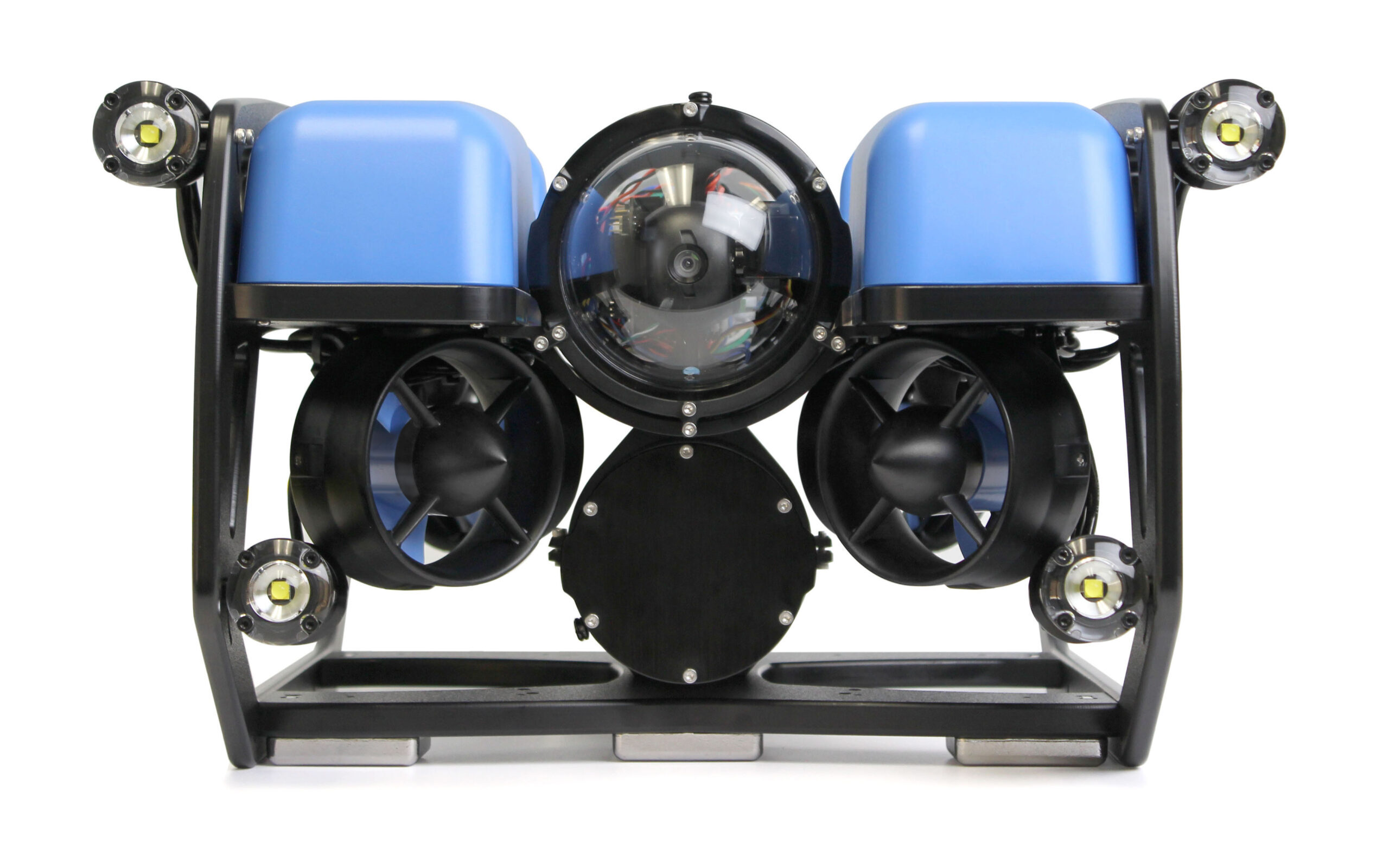History of Unmanned Underwater Vehicles
Unmanned Underwater Vehicles (UUVs) are referred to as underwater drones due to their ability to function as a vehicle without any human occupants. These vehicles can also be remotely or autonomously operated, which means they could be controlled by humans to function as desired or operate independently of human commands.Unmanned Underwater Vehicles (UUVs) are referred to as underwater drones due to their ability to function as a vehicle without any human occupants. These vehicles can also be remotely or autonomously operated, which means they could be controlled by humans to function as desired or operate independently of human commands. Remotely operated vehicles (ROVs) are robots controlled by humans, at a distance, for underwater deployment. ROVs are often used in offshore organizations for inspection, repair, and installations due to their benefits in the replacement of human divers (safety, depth, endurance & cost). ROVs function using an acoustic link or tethered cable, receiving commands from an operator onboard. Autonomous underwater vehicles (AUVs), on the other hand, are not constrained to cables and constant human supervision; Hence, AUVs are used for more advanced tasks like long-range data collection or hydrothermal inspection.
What did the first Submarine look like?
The First conceptual Submarine design was known to have been made by the British mathematician William Bourne, around 1578. Bourne’s idea led to the world’s first working prototype in the 17 century, which was built by the Dutch inventor and polymath, Cornelius Drebbel. Drebble’s prototype was described as a revamped rowboat, coated in grease controlled by a team of oarsmen.
In 1620, Drebbel utilized his submarine in a demonstration to King James and his fellow residents of London, diving about 15 feet beneath the Isis River in Southern England.

Drebble’s Submarine Illustration
The Journey of UUVs:

The Whitehead Torpedo, U.S Naval Undersea Museum

The Howell Torpedo, U.S Naval Undersea Museum

The University of Washington SPURV

Slocum G3 Underwater Glider (Teledyne Marine)

BlueROV2
As a means of furthering the development of UUVs, the Department of Navy (DON) offers a federal grant, which is a form of federal financial assistance for ideas and projects. Federal funding is not only built to provide public service but to stimulate the economy and benefit the public. These grants are given to High Schools and Colleges/Universities STEM Students to advance their knowledge of STEM Principles. The Naval Underwater STEM (NUSTEM) team work to build key knowledge on the engineering behind UUVs, human-machine technology interface, and underwater communications. These key knowledge areas are in line with the Navy’s Framework Priorities of the Augmented Warfighter and Sensing & Sense Making. A curriculum lesson is made by the NUSTEM team to emphasize Human-robot Interaction, Undersea Communications, Submarines, UUVs, Bio-robotics, Sea, Air and Space communications and logistics. These proposed lessons will in turn quicken the Navy’s goal for a highly skilled and diverse STEM workforce.
References
The Development of Autonomous Underwater Vehicles (AUV); A Brief Summary”. Wpressutexas.Net, 2022, http://wpressutexas.net/cs378h/images/d/de/ICRA_01paper.pdf.
Nopr.Niscpr.Res.In, 2022, http://nopr.niscpr.res.in/bitstream/123456789/6204/1/IJMS%2038%283%29%20282-295.pdf.
The Remarkable Story of a Howell Torpedo – U. S. Naval Undersea Museum”. U. S. Naval Undersea Museum, 2022, https://navalunderseamuseum.org/howell/.
Special Purpose Underwater Research Vehicle (SPURV)”. Navaldrones.Com, 2022, http://www.navaldrones.com/SPURV.html#:~:text=The%20Special%20Purpose%20Underwater%20Research,of%20Naval%20Research%20(ONR).
Rees, Caroline. “Autonomous Underwater Vehicles | AUV Technology | Underwater Gliders”. Unmanned Systems Technology, 2022, https://www.unmannedsystemstechnology.com/expo/autonomous-underwater-vehicles-auv/.
<Dictionary.Com, 2022, https://www.dictionary.com/.
Keywords
Autonomous
Acoustic
Bio-robotics
integration of human-like senses in robot.
Conductivity
Diffuse
to pour out and spread, as a fluid.
Domain
Exponential
rising or expanding at a steady, rapid rate.
Fabricate
Flywheel
Gliders
external fins perpendicular to the frame of the UUV which allow for a linear movement of deeper, controlled dives.
Hull
any covering or envelope.
Hydraulic
Hydrofoil
Hydrothermal
Infuse
to introduce, as if by pouring; cause to penetrate.
Littoral
Oarsman
Occupant
Oceanography
Offshore
Polymath
a person of great learning in several fields of study.
Propel
Reconnaissance
a general examination or survey of a region, usually followed by a detailed survey.
Refine
to bring to a finer state or form by purifying.
Revamp
Submergence
Steam Turbine
Tether
Torpedo
Transmit
Unmanned
without the physical presence of people in control.
